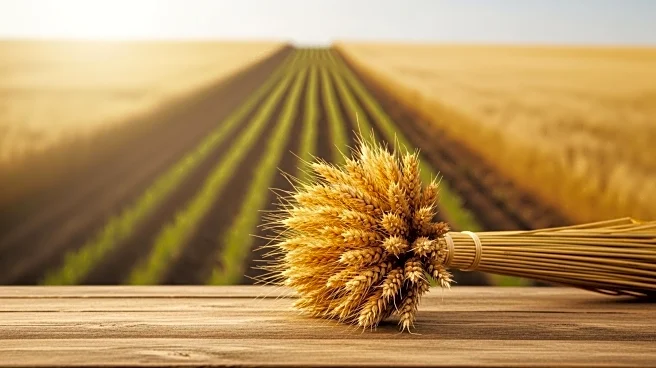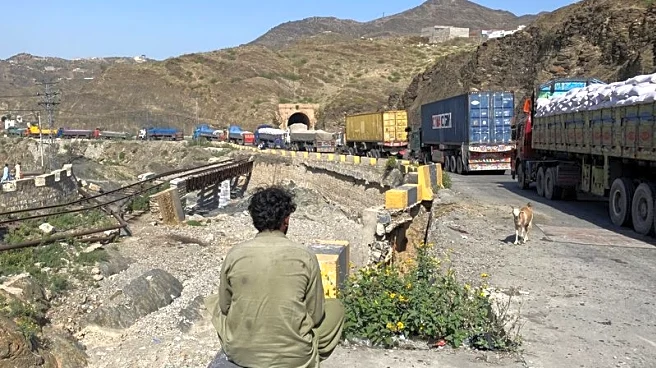What's Happening?
The Indian Council of Agricultural Research (ICAR) has commenced the registration process for counselling related to undergraduate, postgraduate, and PhD admissions in agriculture and allied sectors. Candidates who have qualified for the Common University Entrance Test (CUET) UG 2025 can apply for ICAR admission through the official website, icarcounseling.com. The registration deadline is October 14, with the fee payment and choice filling due by October 17. The first round of seat allotment results will be announced on October 21. This counselling process will fill 20% of the All India Quota seats, transitioning from the previous All India Entrance Examination for Admission (AIEEA) UG. The registration fee is Rs 500, payable online. The process includes several steps such as registration, fee payment, seat matrix release, choice filling, seat allotment, document upload, verification by universities, seat acceptance fee payment, and online reporting.
Why It's Important?
The initiation of the ICAR counselling process is significant for students seeking admission in agricultural programs across India. It marks a shift from the traditional AIEEA UG to CUET, potentially streamlining the admission process and increasing accessibility. This change could impact the educational landscape by providing more structured pathways for students interested in agriculture, a critical sector in India. The counselling process ensures that a significant portion of seats are allocated through a standardized entrance test, which may enhance the quality and competitiveness of candidates entering agricultural universities.
What's Next?
Candidates are advised to complete their registration and choice filling promptly to avoid last-minute issues. Following the seat allotment results on October 21, students will need to proceed with document verification and acceptance fee payment. Universities will play a crucial role in verifying documents and facilitating the admission process. The transition to CUET-based admissions may prompt further adjustments in the admission criteria and processes in the coming years, potentially influencing how agricultural education is structured and delivered.












